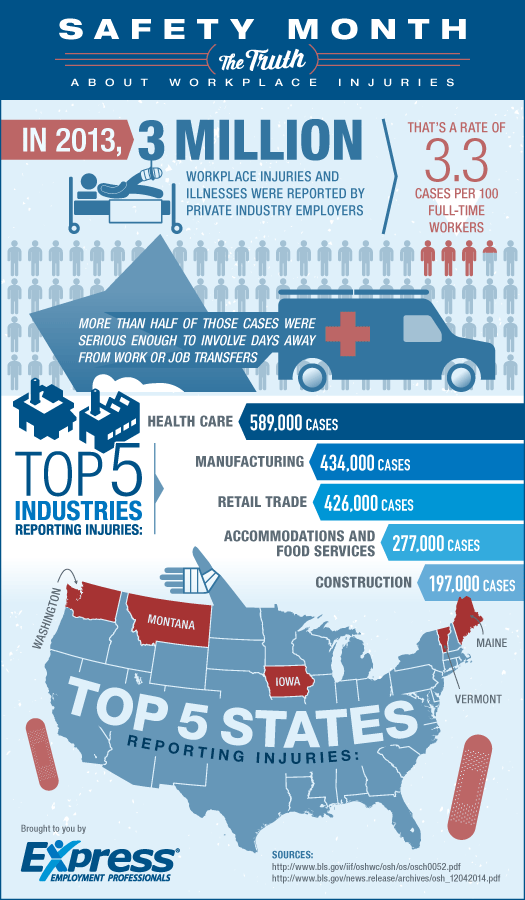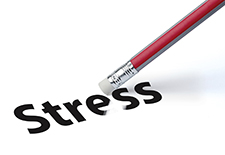June is National Safety Month in the United States. Observed annually, the month focuses on bringing awareness to the leading causes of injury and death at work, on the road, and in our homes in an effort to reduce the amount of injuries sustained. To help you learn more about workplace injuries, take a look at the infographic below.
Movin’ On Up is brought to you by Express Employment Professionals.







